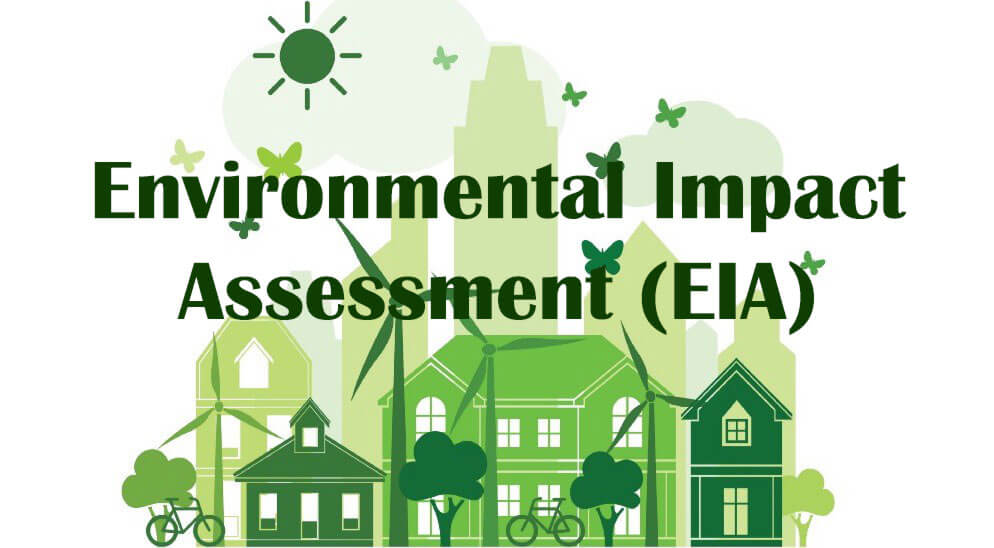List Of Contents
In an era where environmental consciousness is more crucial than ever, businesses and organizations are increasingly recognizing the importance of evaluating their environmental impact. This is where environmental impact analysis comes into play. It’s a systematic process that assesses the effects of an organization’s activities on the environment. By scrutinizing practices, policies, and initiatives, businesses can gauge their sustainability efforts and work towards a greener future.
The Essence of Environmental Impact Analysis
Environmental impact analysis is a multifaceted evaluation of an organization’s activities, products, and operations in terms of their effects on the environment. It encompasses a wide range of considerations, from resource consumption to waste generation, and from greenhouse gas emissions to biodiversity conservation.
Sustainability Assessment: A Holistic View
A key aspect of environmental impact analysis is the assessment of sustainability efforts. This involves:
- Resource Management: Evaluating the utilization of resources such as water, energy, and raw materials. This includes assessing efficiency measures and identifying areas for improvement.
- Waste Management: Analyzing waste generation and disposal practices. This may involve implementing recycling programs, reducing waste production, and ensuring proper disposal of hazardous materials.
- Carbon Footprint: Calculating the greenhouse gas emissions associated with operations. This includes emissions from energy consumption, transportation, and other activities.
- Biodiversity and Conservation: Considering the impact on local ecosystems and biodiversity. This involves measures to protect natural habitats and support conservation efforts.
Implementing Green Initiatives
Environmental impact analysis often leads to the implementation of green initiatives and policies. These may include:
- Renewable Energy Adoption: Transitioning to renewable energy sources like solar or wind power to reduce reliance on fossil fuels.
- Energy Efficiency Measures: Implementing energy-saving technologies and practices to minimize consumption and associated emissions.
- Waste Reduction and Recycling: Introducing measures to reduce waste generation and implement effective recycling programs.
- Sustainable Supply Chain Practices: Working with suppliers to ensure they adhere to sustainable and environmentally responsible practices.
Environmental impact analysis is a fundamental aspect of corporate social responsibility. It demonstrates a commitment to responsible business practices that extend beyond profit margins. By actively assessing and addressing environmental impacts, businesses contribute to broader sustainability goals and play a part in creating a more environmentally-conscious society.
Case Study: XYZ Manufacturing Co.
XYZ Manufacturing Co. conducted a comprehensive environmental impact analysis as part of their sustainability initiative. They identified significant energy consumption in their manufacturing processes, contributing to a substantial carbon footprint. In response, they invested in energy-efficient equipment and implemented process improvements. This not only reduced their environmental impact but also resulted in cost savings.
In Conclusion: Paving the Way to a Greener Future
Environmental impact analysis is not just a compliance requirement—it’s a strategic approach to fostering sustainability. By evaluating practices, implementing green initiatives, and embracing corporate social responsibility, businesses can play a pivotal role in creating a more environmentally conscious future.
In Conclusion:
Environmental impact analysis is a strategic approach to fostering sustainability. By evaluating practices, implementing green initiatives, and embracing corporate social responsibility, businesses pave the way to a greener future.

